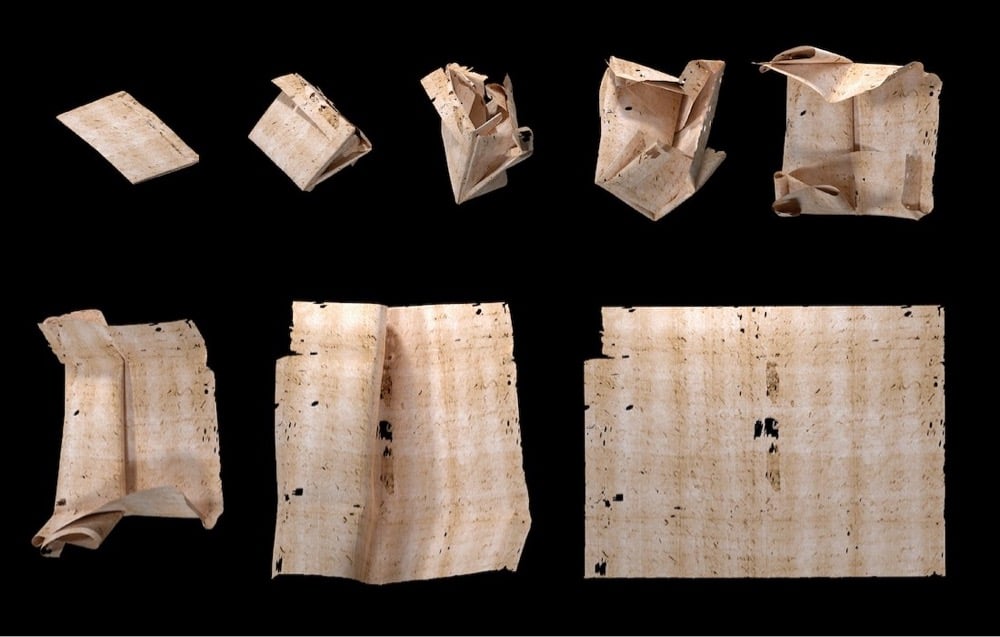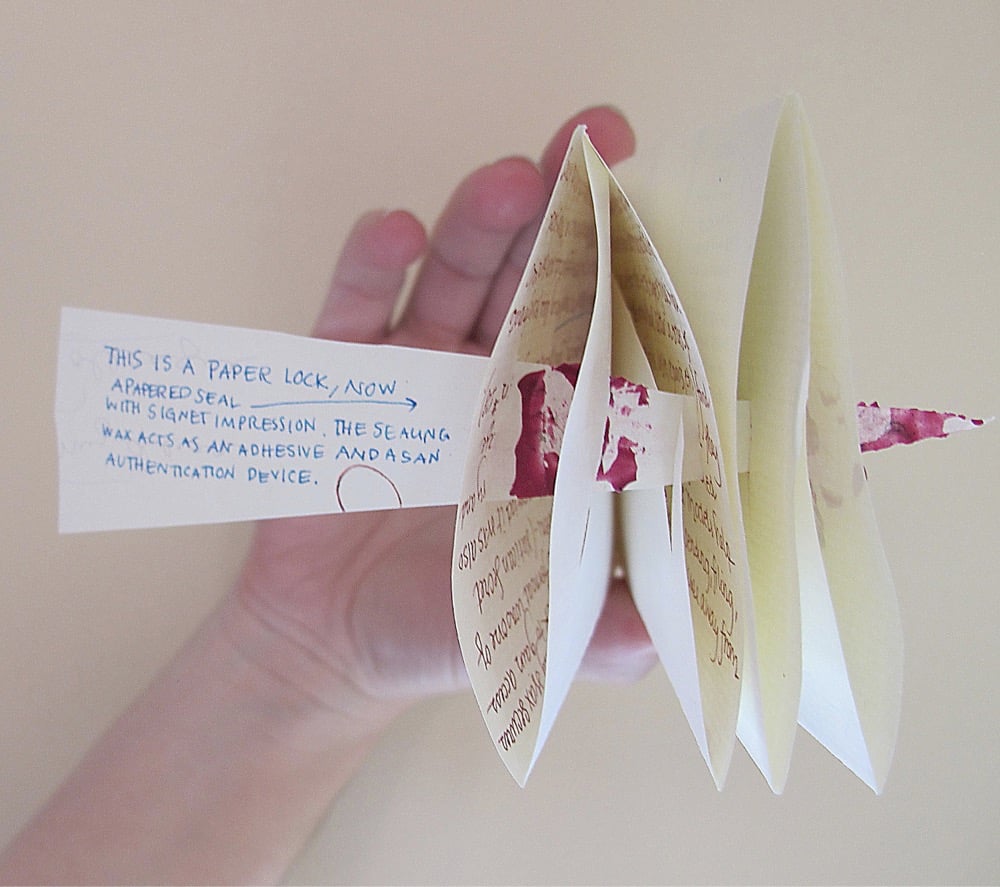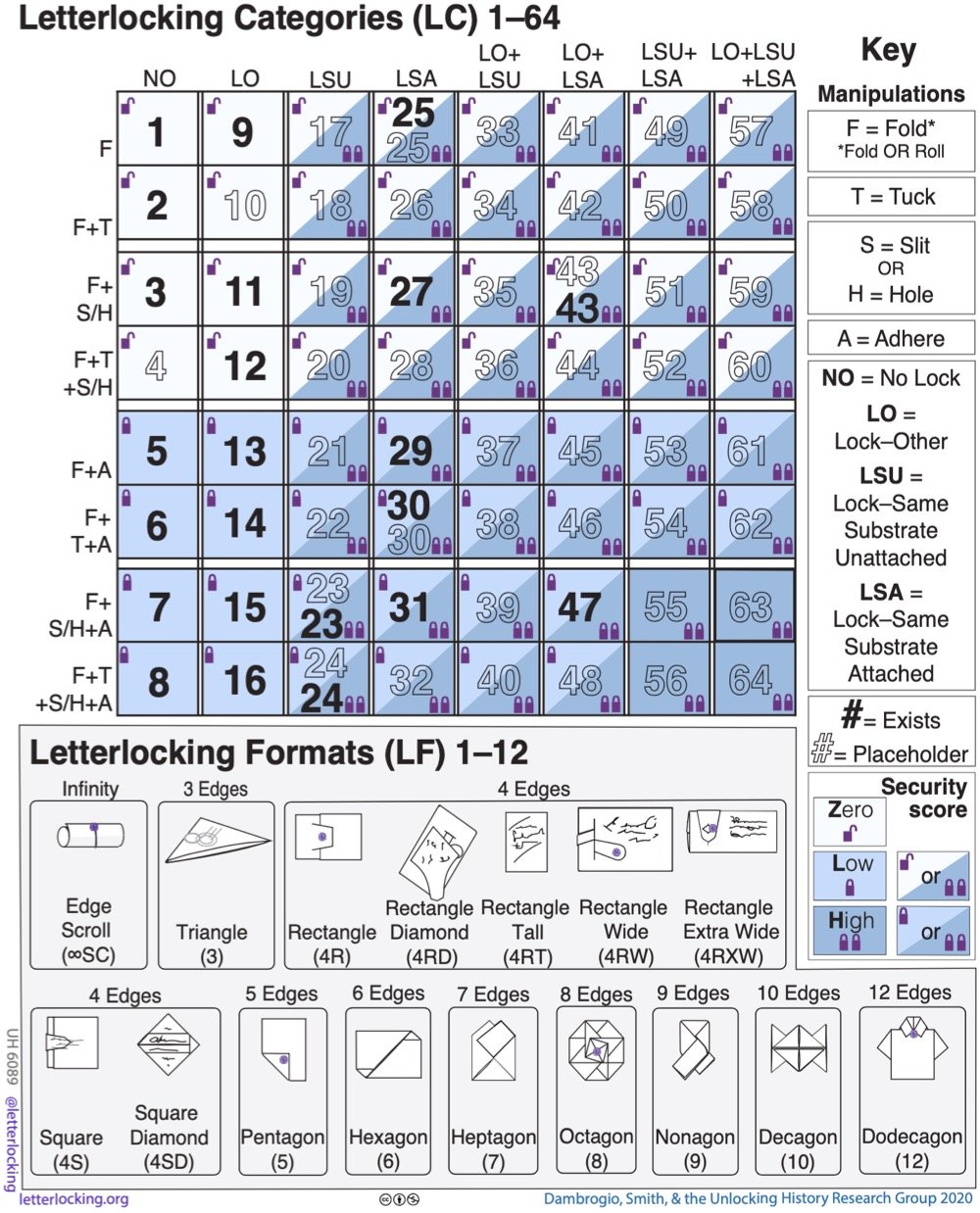Digitally Reading 17th-Century Locked Letters
Using an x-ray technique, MIT researchers have digitally unfolded and read 17th-century letters that had been “letterlocked” by their authors to prevent them from being read in transit. Reading the letters in this way allows close study without actually unfolding and potentially damaging these letters or altering them against further study. This is a fully digital image of one of the unlocked letters:

From a NY Times piece about the research:
In an interview, Jana Dambrogio, the study’s lead author and a conservator at the M.I.T. Libraries, said that learning of the trove’s existence inspired her to see if more technologically inclined colleagues could find a way to digitally open the locked letters. At the time, in 2014, scholars could read and study such letters only by cutting them open, which often damaged the documents and obscured or eliminated clues as to how they had been secured.
“We really need to keep the originals,” Ms. Dambrogio said. “You can keep learning from them, especially if you keep the locked packets closed.”
The old letters were protected from prying eyes when the sheets of writing paper were carefully folded to become their own secure enclosures.
The first step of their digital opening is to scan a target letter with an advanced X-ray machine. The resulting three-dimensional image — much like a medical scan — reveals the letter’s internal configuration. A computer then analyzes the image to undo the folds and, almost magically, turn the layers into a flat sheet, revealing handwritten text that can be read.
Here’s a contemporary example of the letterlocking technique where folds, slits, and wax are used to lock the letter and provide authentication:

A letterlocking technique in action, modeled after a triangle-locked letter sent by Sir Francis Walsingham in 1587:
Whoa and this spiral-locked letter modeled on a message sent by Queen Elizabeth I to France’s Henry III in the 1570s:
And this is a list of all the letterlocking techniques and formats the researchers have identified:

You can explore more about letterlocking at Letterlocking.org.
Update: The group investigating letterlocking is back in the NY Times with updated research.





Stay Connected